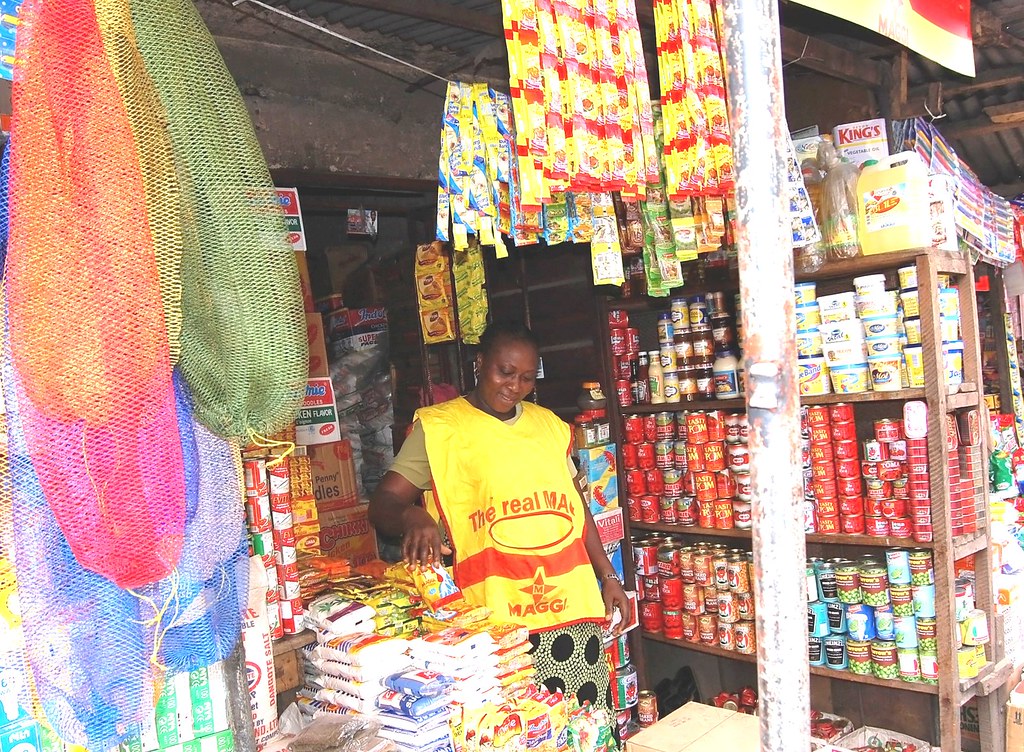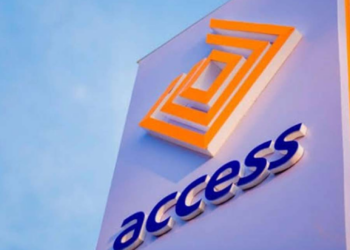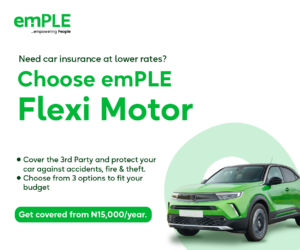Are you about to start a new business? Well, congratulations in advance. Now, you’ll have to put a lot of thought into how you are going to price your products and/or services. It takes more than calculating your costs to set a price. It requires research and understanding consumers and the market.
To fix an effective price, you have to consider the following:
- The production and distribution costs
- What consumers are willing and able to pay for your product
- What competitors are doing
- Market conditions
- Your profit margin
There are different pricing strategies available to you. Each one depends on the factors mentioned above. Knowing what you want to achieve either as a startup or as a growing business will help you choose the right one.
[CHECK THIS: Dangote Flour Mills seeks market dominance, unveils new product]
What is pricing strategy?
Want to get those goods off the shelf? Then you need a pricing strategy. This simply has to the different methods with which you can fix a competitive price for your goods and services. With the right pricing strategy, you can attract and retain customers, and be able to maximize your profit. Here are 10 you can choose from:
- Pricing for market penetration
- Psychological pricing
- Premium pricing
- Value-based pricing
- Promotional pricing
- Geographical pricing
- Captive pricing
- Economy pricing
- Price skimming
- Bundle/product line pricing
Let’s get right to it, shall we?
Pricing for market penetration
As a new business, the biggest challenge you might face is convincing consumers to patronize you. They already have established businesses they’ve been buying from. In such a scenario, you can use market penetration pricing to create brand awareness and gain market share. It involves setting a lower price than your competitors or providing some free services until you earn a considerable customer base.
For instance, if competitors sell for 100 naira, you can sell yours for 95 naira. You could also do a giveaway or offer free delivery as a way of introducing yourself to the market. Adopting this pricing strategy may mean you have to endure some initial income loss but it will help you draw attention to your product, set up a customer base, and gain consumer loyalty. It may even boost your profit over time due to an increase in sales.
After you’ve succeeded in penetrating the market, you can then increase your price to reflect the value of your product.
[READ THIS: Difference between an Emerging Market and a Frontier Market]
Psychological pricing
This type of pricing is meant to trigger an emotional, rather than a logical response in a buyer.
For instance, setting a price of 199 naira instead of 200 naira will create an illusion of a cheaper price, although the difference is only 1 naira. This often works because buyers notice the first number on a price tag more than the last.
Psychological pricing makes consumers feel like they’ve saved money or received greater value.
Another example of psychological pricing is when competitors are increasing their price (perhaps because of an increase in production cost) but you reduce your quantity/quality and keep price the same.

Premium pricing
You can use this pricing technique when you have a unique product or service no one can compete with. It has to do with setting a high price for your offers, which creates an impression of value in the minds of consumers.
[READ FURTHER: Airtel Africa joins the league of worst debuting stocks in Europe this year]
But to ensure that buyers perceive your offer to be worth the price, a lot of factors such as high quality, fresh experience, packaging, and marketing strategy all have to combine to support the premium price.
This type of pricing is often used for luxury cars, 5-star hotels, precious stones and jewelry, fancy restaurants, pleasure cruises, etc. The higher the price set for such products and services, the higher the perceived value amongst consumers.
Value-based pricing
What people are willing to pay for your product or service has a lot to do with what it’s worth in their eyes. Recognizing this and setting a commensurate price is known as value-based pricing.
The perceived value to a consumer depends on how the product or service meets their wants and needs.
Promotional pricing
Promotional pricing is a very popular pricing technique. Though it’s an old concept, it remains successful to date.
It involves promoting a new or existing product or service by offering discounts, buy one and get one free deals, attaching a gift, etc. It is very effective in driving sales.
This strategy works best with a deadline or offering a limited stock. It motivates buyers to act fast by playing on their fear of missing out.
You can use promotional pricing to create excitement for your product/service. It may even lend you customer loyalty.
[YOU MAY THIS: Something Easy is here! Your Phone Number is Your Account Number!]
Geographical pricing
You can change the price of your product when you expand your business to a new state or country. Location affects price due to factors like shipping costs, market demand, cost of raw materials, tax, currency exchange rate, and so on.
Let’s take some examples, if you sell sweaters during harmattan season, the price tag will be lower in the east than in the north. Why? People will still be willing to buy despite the high price due to the much colder climate in the north.
Supply and demand also determine geographical pricing. If you move to an area where your product is scarce, it is expected that your price will go up.
Also when the government in an area imposes high tax so as to generate revenue, the product will be more expensive than in other areas where tax is low.
Captive pricing
If you sell products that customers have to update or renew regularly, then you should consider captive pricing.
Let’s take an inkjet printer as an example. When you buy the printer, you’ll need to replace the ink cartridge once in a while. Without the cartridge, the printer cannot be used.
The buyer has no other option than to keep purchasing the cartridge. Thus, the manufacturer holds customers “captive” unless they decide to stop using the printer.
They can keep increasing the price of the secondary product as long as it does not exceed the point where the customer is forced to purchase a new printer from another manufacturer.
Another example is when car owners have to get a driver’s license.
Economy pricing
This pricing strategy involves keeping your production and marketing costs as low as possible with the intention of selling at a comparatively lower price and still be able to make profit. It is used to attract price-conscious consumers.
Economy pricing can be adopted by large businesses but is not advisable for startups and small businesses. The reason is that the latter lack the sales volume which bigger companies enjoy. Also, producing on a large scale helps lower costs and small businesses won’t be able to do that. Another reason is that economy pricing often involves forgoing branding. As a startup or small business, branding is important to create awareness and differentiation for your product.
Price skimming
Price skimming is used when a new product is released in the market. It has to do with setting an initial high price and reducing it gradually as more people adopt the product and competitors begin to enter the market.
This pricing strategy can be seen with the introduction of new models of smart phones, TVs, cars, and so on.
It provides the benefit of maximizing profit on early adopters, enabling you to recoup the cost of developing the product. You can then lower the price subsequently so as to attract more price-sensitive consumers.
Price skimming creates a sense of exclusivity and quality when the product first enters the market.

Bundle/ product line pricing
To push out inventory fast, you can offer a bundle of products at a cheaper price than what it would cost the consumer to purchase each item alone. For instance, if you sell hair cream and hair brushes, you can offer both together at a lower total price than if the buyer was to purchase the cream alone or the hair brush alone.
This pricing strategy helps improve the perceived value of your offers since customers will feel like they are getting more for their money. It is also helpful in increasing sales for a slow-selling product by offering it alongside another that sells fast.
Bottom line
Depending on your business goals, there are a number of factors you should consider before setting a price for your product or service. A good pricing strategy is essential in ensuring you make adequate returns and keep your business afloat or ahead of the competition.






















